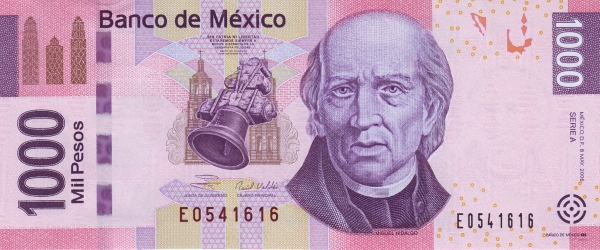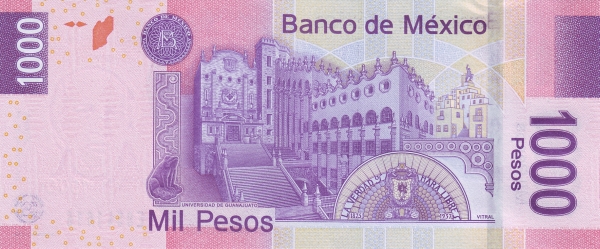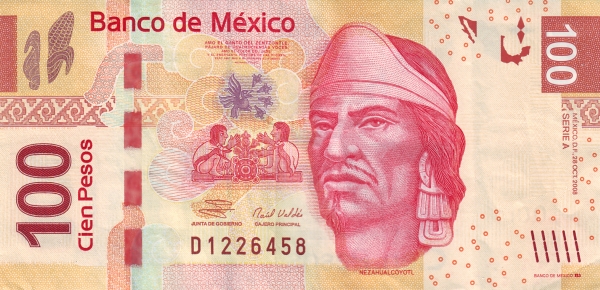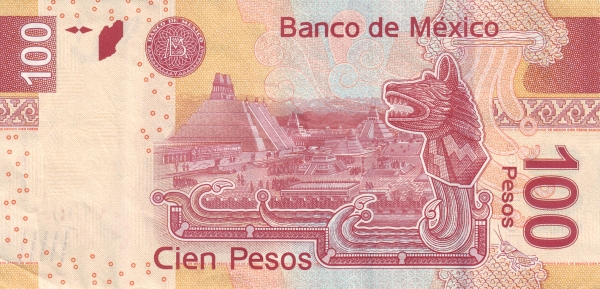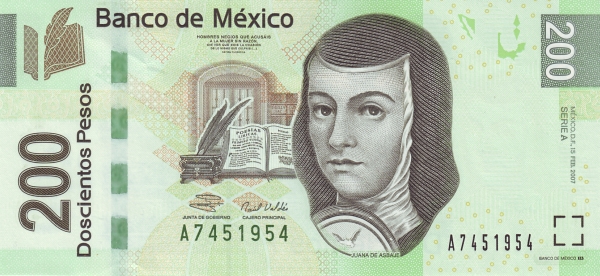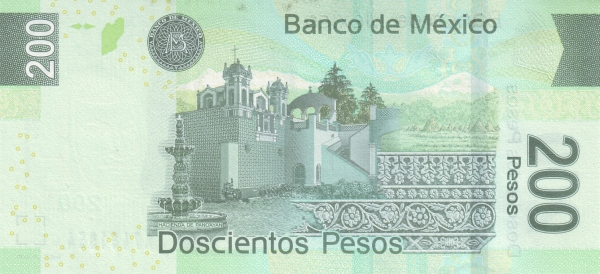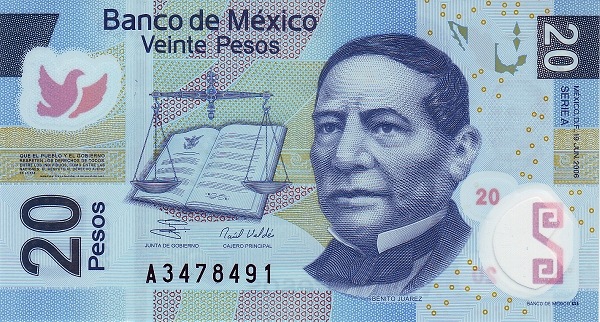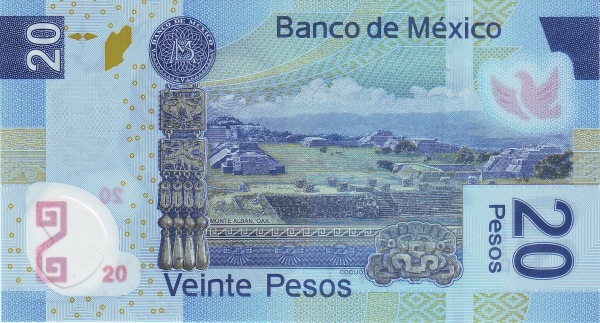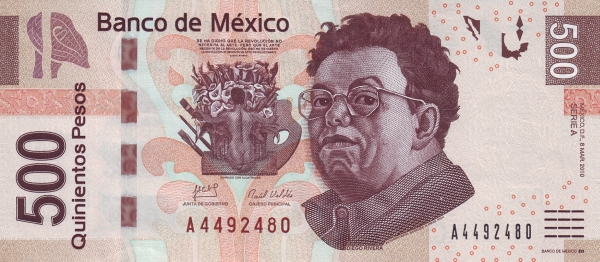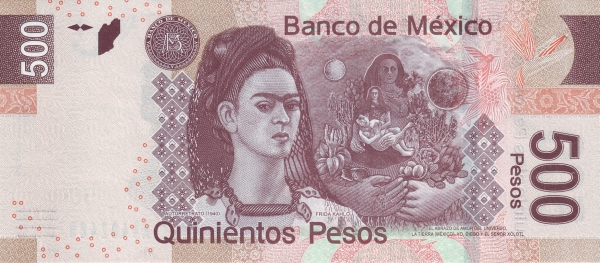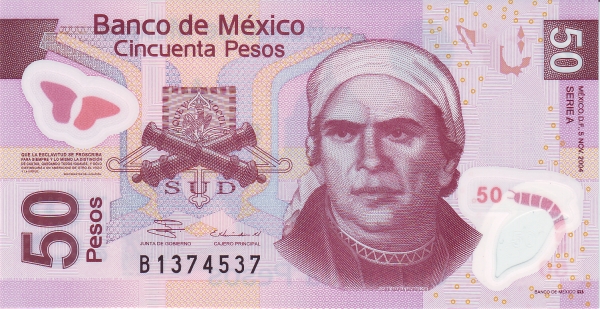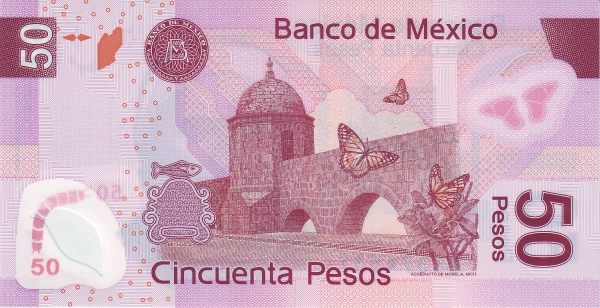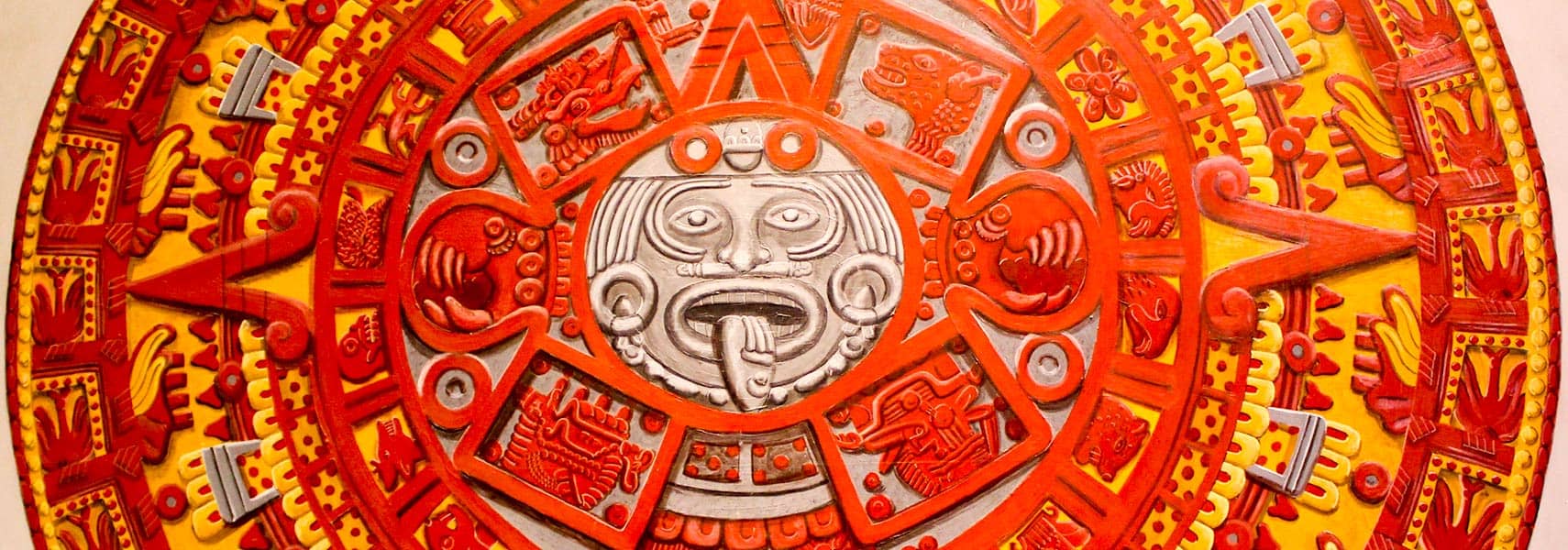Discovering the Vibrant Land of Mexico
Mexico, officially known as the United States of Mexico (Estados Unidos Mexicanos), stands as a captivating destination nestled between the Pacific Ocean to the west and the Caribbean Sea, along with the Gulf of Mexico to the east. This diverse nation shares its northern border with the United States and has Guatemala and Belize to its southeast. Notably, Mexico also maintains maritime boundaries with Cuba and Honduras, making it a central hub in the Americas.
A Geographic Overview of Mexico
Covering an impressive area of nearly 2 million square kilometers, Mexico ranks as the third largest country in Latin America, following Brazil and Argentina. To put it into perspective, Mexico’s vastness is almost four times the size of Spain and slightly less than three times the area of Texas. Such geographical diversity contributes significantly to the nation's varied ecosystems, climate zones, and landscapes.
Demographics of Mexico
As of 2024, the enchanting country boasts a population of approximately 130.8 million, making it the second-most populous nation in Latin America, right after Brazil. Furthermore, it proudly holds the title of the most populous Spanish-speaking country across the globe. Mexico City, the capital, serves as the largest city, hosting a vibrant mix of modernity and tradition.
Within its cultural tapestry, Mexico showcases various ethnic groups, with Mexican Mestizos representing the largest demographic—accounting for about 62%. In addition to this, approximately 21% of the population identifies as predominantly Amerindian, while around 7% comprise other indigenous peoples. Moreover, people with European ancestry make up about 9% of the population. Such a rich blend creates a unique cultural identity.
The Rich History of Mexico
Historical Background
Geographically located in North America yet ethnologically part of Latin America, Mexico has a storied past that profoundly influences its culture today. The nation has a remarkable history marked by the presence of highly developed civilizations like the Olmecs, Mayas, Toltecs, and Aztecs, which thrived long before Spanish colonization began. These advanced cultures laid the foundation for Mexico's intricate social structures and traditions.
After enduring three centuries of Spanish domination, Mexico successfully declared its independence in the early 19th century. Yet, the journey to stability presented various challenges. The late 20th century saw a significant economic downturn, particularly with the devaluation of the peso in 1994, which spiraled the nation into one of its worst recessions in decades. Nevertheless, Mexico has consistently showcased resilience and adaptability, working toward lasting recovery.
Current Challenges and Progress
Although progress continues, significant economic and social challenges persist. Many individuals experience low real wages and underemployment, revealing disparities in income distribution. Additionally, opportunities for the Amerindian population, particularly in the impoverished southern states, remain limited. Despite these obstacles, the spirit of innovation and determination propels Mexico towards overcoming its hurdles.
Government Structure and Constitution
Mexico operates as a Federal Republic. It first proclaimed its independence on September 16, 1810, and established itself as a republic in 1824. The current Constitution dates back to February 5, 1917, encompassing the country’s governance structure and guiding principles.
Geographical Diversity
Delving deeper into Mexico's stunning geography, one finds an array of terrains ranging from coastal lowlands to central high plateaus, alongside soaring mountains that reach altitudes of up to 5,400 meters (18,000 feet). This diverse terrain contributes to the rich array of ecosystems found throughout the nation. The climate varies dramatically from tropical in coastal regions to arid desert conditions in some inland areas.
People and Culture
Mexico's population is marked by its vibrant Mexican nationality. As of the latest estimates, the population sits at 130.8 million. Ethnically, the country comprises approximately 60% mestizo, 30% Amerindian, 9% European, and about 1% from other backgrounds. Additionally, Roman Catholicism dominates, with around 90% of the population adhering to this faith, while Protestants account for approximately 5%. A fascinating aspect of Mexico's linguistic landscape is its 66 regional indigenous languages, reflecting its remarkable ethnic diversity.
Natural Resources and Economy
Rich in natural resources, Mexico boasts significant reserves of petroleum, silver, copper, gold, lead, zinc, and natural gas. Timber also contributes to the country's economic potential. In the agricultural sector, Mexico thrives on the cultivation of corn, beans, oilseeds, various feed grains, fruits, cotton, coffee, sugarcane, and winter vegetables.
The industries fueling Mexico’s economy include food and beverages, tobacco, chemicals, and mining, among others. Tourism plays a vital role as well, attracting visitors from around the world to experience its breathtaking landscapes, historical sites, and vibrant culture.
Export-Import Dynamics
Mexico's export economy primarily consists of manufactured goods, oil, and agricultural products such as coffee and cotton. The overwhelming majority of its exports—approximately 77%—head to the United States, followed by Canada and China. Conversely, when it comes to imports, Mexico primarily sources metalworking machines, electrical equipment, and components for automobile assembly, notably from the United States and China.
The Currency and Future Outlook
The national currency, the Mexican Peso (MXN), serves as a key element of its economic framework. As Mexico progresses, its government, citizens, and market adapt, suggesting an optimistic outlook for the future. With immense cultural wealth, geographical diversity, and resilience, Mexico continues to stand as a remarkable country in the heart of North America.
Largest cities of: Mexico
| City Name | Population | Year of foundation | |
| Mexico City | 9,209,944 | 1325 | |
| Guadalajara | 5,295,912 | 1542 | |
| Monterrey | 4,917,718 | 1596 | |
| Puebla | 3,218,341 | 1531 | |
| León | 2,300,000 | 1576 | |
| Tijuana | 2,000,000 | 1880 | |
| Ciudad Juárez | 1,500,000 | 1659 | |
| Zapopan | 1,300,000 | 1541 |
Mexico: Money
